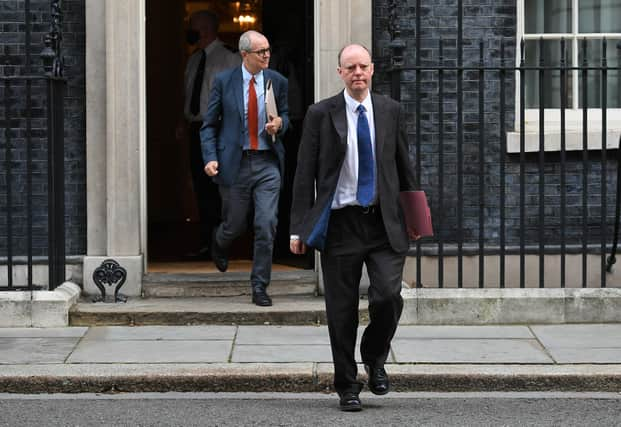What is SAGE? UK scientific committee explained - and who is on it


The Scientific Advisory Group for Emergencies, or SAGE, has become a household name during the Covid-19 crisis, but the body existed long before this pandemic.
According to the government website, “SAGE is responsible for ensuring that timely and coordinated scientific advice is made available to decision makers to support UK cross-government decisions.”
What does SAGE do?
Advertisement
Hide AdAdvertisement
Hide AdWhen a major emergency or potential threat emerges, SAGE is activated and staffed with members who have expertise relevant to the emerging threat. SAGE relies on external scientific advice from pre-existing groups of experts relevant to the current issue.
The advisors pull together research and analysis from various sources and then provide briefings to decision makers in government, often at COBRA meetings, chaired by the Prime Minister.
The advice given by SAGE is not binding, meaning government ministers can decide whether or not they want to act on it, and how to balance it against other considerations, such as economic and political concerns.
Who is in SAGE?
Membership differs depending on the exact nature of the threat, but members are typically experts and leading specialists from within government, academia and industry.
Currently, SAGE is made up of 87 members, and is chaired by the government chief scientific adviser, Sir Patrick Vallance, with chief medical officer Professor Chris Whitty as the co-chair.
The various sub-groups of SAGE each work on a specific aspect of the UK’s strategy in dealing with the virus.
The current SAGE sub-groups are:
- Scientific Pandemic Influenza Group on Behaviours (SPI-B)
- Scientific Pandemic Influenza Group on Modelling (SPI-M)
- PHE Serology Working Group
- COVID-19 Clinical Information Network (CO-CIN)
- Environmental Working Group
- Children’s Task and Finish Working Group
- Hospital Onset COVID-19 Working Group
While SAGE is currently made up primarily of epidemiologists, virologists, other scientists and medical professionals, the group has, in the past, been composed of other types of experts, such as engineers, to advise on how best to deal with various major threats.
What other crises has SAGE advised on?
Prior to the coronavirus pandemic, SAGE has been activated eight times since 2009, to help the UK government deal with the following events:
- Toddbrook reservoir, 2019
- Zika outbreak, 2016
- Nepal earthquake, 2015
- Ebola outbreak, 2014
- Winter flooding, 2013
- Japan nuclear incident, 2011
- Volcanic ash emergency, 2010
- Swine flu pandemic, 2009
Does the UK government follow SAGE advice?
Advertisement
Hide AdAdvertisement
Hide AdAccording to documents released on 12 October 2020, SAGE urgently called for a raft of measures from the UK government in September in order to prevent “a very large epidemic with catastrophic consequences.”
The experts recommended an immediate “circuit breaker” lockdown at a meeting on 21 September, so as to stop the number of coronavirus cases growing exponentially.
The scientists also advocated for a ban on mixing between households indoors; closing all bars, restaurants, cafes, hairdressers and gyms; moving all university and college teaching online; and urging people to work from home if possible.
The only measure which was adopted by the government following these SAGE recommendations was the request that people work from home.